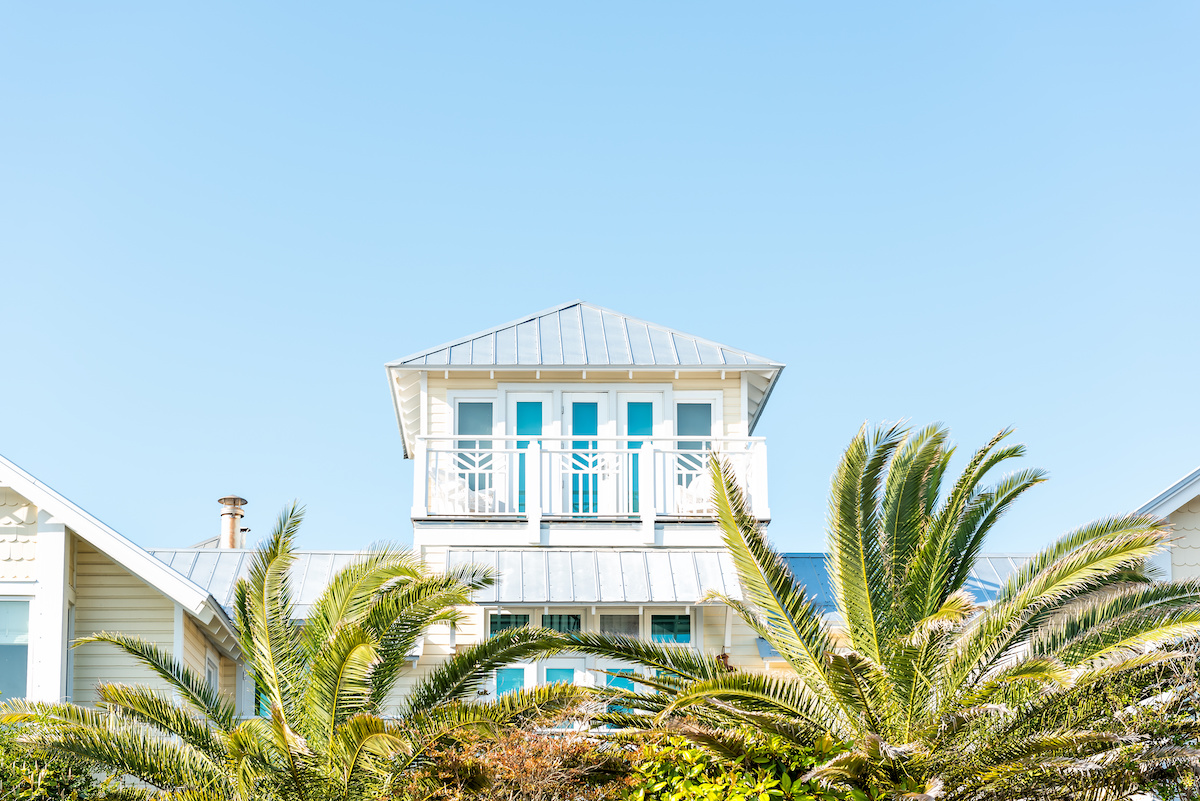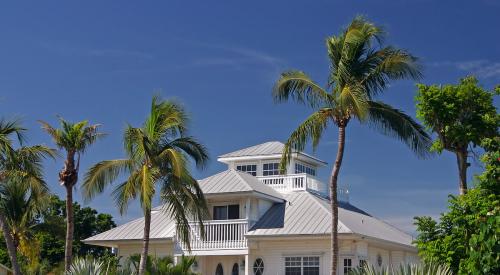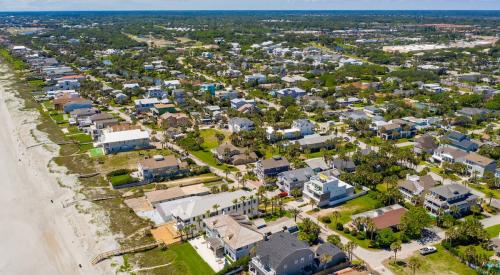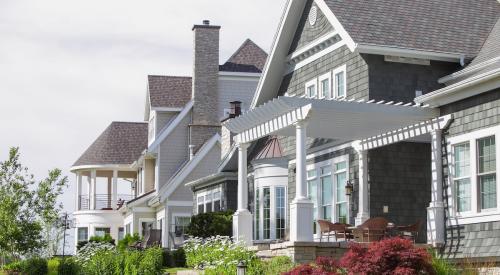Rising home prices and new mortgage lending rules for second homes could be why vacation home purchasing levels dropped to pre-pandemic levels last month. Mortgage-rate locks are the strongest indicator of second home purchases, as 80% result in an actual purchase, and buyers must specify if their mortgage lock is for a primary or secondary home. For the first time in one year, the annual growth rate for second home demand fell below 80%. May posted a 48% increase in vacation home demand, bringing demand closer to pre-pandemic levels. The reasoning could be new lender rules that say second home and investment property mortgages can make up only 7% of a lender’s total pipeline, reports Redfin.
The number of buyers who locked in mortgage rates to purchase a second home nationwide rose 48% year over year in May. Though that’s a significant increase, it’s the first time in a year the annual growth rate has fallen below 80%. Year-over-year increases in this report are likely exaggerated because demand for second homes was relatively low in May 2020 due to the coronavirus pandemic slowing real estate activity.
Demand for vacation homes jumped in June 2020 as the U.S. real estate market came roaring back to life, with a 110% year-over-year increase in second-home mortgage locks, and the level remained elevated through April. The annual increase in May is similar to pre-pandemic levels.
The number of buyers who locked in mortgage rates for primary homes rose 30% year over year in May.
The data in this report is based on a Redfin analysis of mortgage-rate lock data for home purchases from real estate analytics firm Optimal Blue. A mortgage-rate lock is an agreement between a homebuyer and a lender that allows the homebuyer to lock in an interest rate on a mortgage for a certain period of time, offering protection against future interest-rate hikes. Homebuyers must specify whether they are applying to secure a mortgage rate for a primary home, a second home or an investment property. Roughly 80% of mortgage-rate locks result in actual home purchases.













